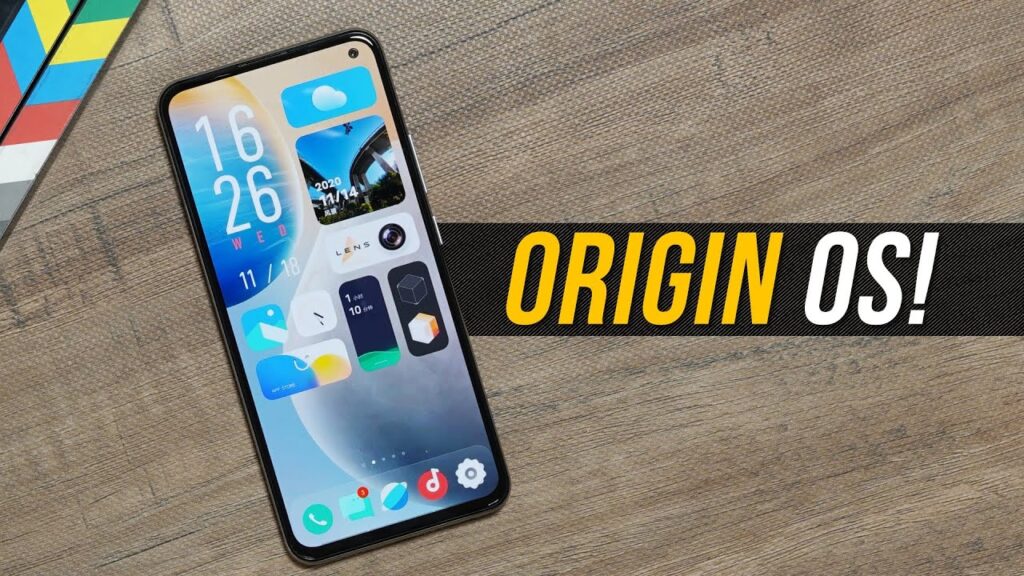Story-based PR is a strategy for startups to build brand trust and attract customers by sharing a compelling narrative about their mission and values, rather than relying on expensive advertising. It’s about creating a connection rather than spending cash.
Welcome to the big leagues. You’ve launched your startup in Bangalore, the heart of India’s innovation economy. The energy is electric, the talent is here, and the opportunity is massive. But let’s be honest, so is the competition. You’re not just competing with the startup next door; you’re up against global giants with bottomless marketing budgets.
Trying to outspend them is a losing game. This is where many founders consider partnering with a specialized PR agency in Bangalore to level the playing field. So, what’s the secret weapon for a bootstrapped or early-stage Bangalore startup? It’s not a bigger ad budget. It’s a better story.
This guide will train you to move beyond traditional, expensive PR and leverage the power of narrative to build a brand that people trust, remember, and want to buy from.
Table of Contents
Why Your Story is Your Most Valuable Asset in Bangalore’s Startup Scene
Bangalore presents a unique paradox for founders. On one hand, the city is a globally recognized powerhouse. According to the 2025 Global Startup Ecosystem Report, Bengaluru climbed an impressive seven spots to rank 14th worldwide, a testament to its incredible innovation and growth.
On the other hand, the on-the-ground reality for most startups is a daily battle for survival. This is a city where:
- Capital is Tight: A recent report highlighted a harsh reality: only 16% of small and medium enterprises (SMEs) in India get access to timely finance, forcing most to rely on their own limited resources.
- Talent is Expensive: The war for talent is real and costly. A 2024 analysis found that salaries in Bangalore are a staggering 30–40% higher than in other major Indian cities.
- Competition is Fierce: The rise of e-commerce and global players means that bigger, well-funded firms are constantly putting pressure on smaller businesses, making it incredibly difficult to gain market share.
This is where your story becomes your strategic advantage. A compelling narrative allows you to punch far above your weight class. It enables you connect with customers on an emotional level, which is critical in a market like India, where consumers are driven by relatable and meaningful stories. A great story can attract investors who are funding a vision, not just a balance sheet, and motivate top talent to join your mission for reasons beyond a high salary.
The 4-Step Framework to Crafting a Compelling Startup Story
A powerful story doesn’t just appear out of thin air. It’s engineered. Here is a simple, step-by-step framework to build a narrative that resonates.
Step 1: Define Your “Why” – The Foundation of Your Narrative
Most startups are good at explaining what they do (e.g., “we build a SaaS tool for accounting”) and how they do it (“with an AI-powered algorithm”). But very few can clearly articulate why they do it. Your “why” is the core of your story. It’s your purpose, your mission, your reason for existing beyond making money.
Start by asking these questions:
- What problem in the world made you so frustrated that you had to start this company?
- What are the core values that guide every decision you make?
- If your company disappeared tomorrow, what would your customers genuinely miss?
Your answers to these questions are the raw material for your brand’s narrative. This isn’t just marketing fluff; it’s the foundation of effective PR.
Step 2: Know Your Audience – Speak Their Language
The tech audience in Bangalore is not your average consumer. They are knowledgeable, up-to-date with the latest trends, and highly skeptical of marketing jargon. You cannot fool them with superficial content.
To connect with them, you must:
- Be Specific: Are you targeting mobile app developers or cybersecurity experts? Their challenges and interests are completely different. Tailor your message accordingly.
- Be Clear: A study on marketing to Bangalore’s tech audience found that clarity is essential. Avoid overly technical jargon and explain complex concepts in a simple, concise way. Use visuals like infographics and charts to make your content easier to understand.
- Be Culturally Aware: India is incredibly diverse. A message that works in one region may not resonate in another. Always consider the local cultural context in your communication to build trust within different communities.
Step 3: Build Your Core Story Pillars
Once you know your “why” and your audience, you can create the key pillars of your story, most great startup narratives are built on these three elements:
- The Founder’s Journey: People connect with people. Share your personal story. What was your “aha!” moment? What struggles did you overcome? This humanizes your brand and makes it relatable.
- The Customer’s Problem: Frame the problem you solve through the eyes of your customer. Tell a story about a real-world example of their pain point and how your solution transformed their situation. This makes your value proposition tangible and memorable.
- The Mission and Impact: Show how your company is making a positive impact. This could be through your core product or through dedicated Corporate Social Responsibility (CSR) initiatives. Communicating your values helps you attract both customers and talent who share them.
Step 4: Be Authentic and Transparent – The Trust-Building Layer
In a market as discerning as India’s, authenticity is non-negotiable. Trust is your most valuable currency, and it’s built on transparency.
- Be honest about your product’s capabilities and its limitations.
- Engage with customer feedback openly, both positive and negative.
- Address concerns and potential crises head-on with honesty.
This approach not only builds a loyal customer base but also serves as your best defence during a PR crisis, as it demonstrates a commitment to ethical practices.
This One Insight Will Change How You Do PR Forever
Here’s a provocative thought: Stop thinking about PR as “getting media coverage.” Start thinking of it as “building public relationships.”
Most experts agree that the old model of just blasting press releases is dead. A single media hit is a short-term vanity metric. A long-term relationship with your audience, employees, and industry peers is a sustainable asset. PR is not a one-time event; it’s the sum of everything you do every day to build your reputation.
Here’s how the two approaches compare:
| Traditional PR (The Money Game) | Story-Driven PR (The Relationship Game) |
| Focus: Getting featured in big publications. | Focus: Building genuine connections with your audience. |
| Metric: Number of articles, ad value. | Metric: Audience engagement, trust, lead quality. |
| Method: Mass press release blasts. | Method: Targeted outreach with a compelling, valuable story. |
| Cost: High (agency retainers, ad spend). | Cost: Lower (requires time, creativity, and strategy). |
| Result: A temporary spike in visibility. | Result: Sustainable brand loyalty and customer advocates. |
Putting Your Story to Work: Practical PR Tactics for Bangalore Startups
Theory is great, but you need action. Here are practical, low-cost tactics to get your story out there.
Leverage Digital PR and Content Marketing
Your content is the vehicle for your story. For Bangalore’s tech-savvy audience, this means creating valuable, in-depth content like long-form blog posts, detailed case studies, and data-driven white papers that showcase your expertise.
But creating great content is only half the battle. Digital PR is how you amplify it.
- Guest Posting: Write articles for other suitable blogs in your industry. This not only gets your story in front of a new audience but also builds powerful backlinks that boost your website’s SEO ranking.
- Influencer Outreach: Don’t just chase big names. A 2025 trend report notes the rise of micro-influencers. Partner with niche tech experts in Bangalore who have smaller but highly engaged communities. Their authentic endorsement can be more powerful than a celebrity shout-out.
- SEO-Driven Content: Ensure every piece of content you create is optimized for search engines. When possible customers search for solutions to their problems, your story should be the first thing they find.
Build Real Media Relationships (Without a Big Budget)
Building robust relationships with journalists and media professionals is invaluable. You don’t need a fancy agency to do this.
- Give, Don’t Just Ask: Follow journalists covering your industry. Share their articles. Offer them expert opinions or unique data for a story they’re working on, without asking for anything in return.
- Craft a Perfect Pitch: When you do have a story to share, make it about them, not you. Explain why your story would be valuable and interesting to their audience. Keep it short, personal, and to the point.
- Use Community Platforms: Platforms like Reddit (e.g., r/bangalore, r/BangaloreBusiness) and professional networking groups on Meetup or LinkedIn are great places to share your story authentically and connect with both journalists and potential customers.
- Know When to Get Help: While you can build relationships yourself, scaling this effort often requires professional help. A dedicated PR agency in Hyderabad will have established networks and the expertise to secure high-value placements, saving you critical time.
Turn Your Company into a Media Hub
You don’t need to wait for others to tell your story. Tell it yourself.
- Host Events: Organize small, informal events, either online or offline. This could be an “Ask Me Anything” (AMA) session with your founder or a workshop sharing your expertise.
- Leverage Social Media: Use platforms like LinkedIn and Instagram to share behind-the-scenes content. Showcase your company culture, celebrate employee successes, and tell the day-to-day story of building your startup. This is one of the most effective ways to build your employer brand and win the talent war.
Final Takeaway
In the hyper-competitive, high-cost environment of Bangalore, your startup’s story is not a “nice-to-have”; it is your most critical competitive advantage. It’s the great equalizer that allows you to build a memorable brand, attract loyal customers, and inspire top talent without a billion-dollar marketing budget.
Stop trying to shout louder than your competition. Instead, tell a story that makes people want to listen.
Now, it’s your turn. What is the one core story that only your startup can tell? Start defining your “why” today.




